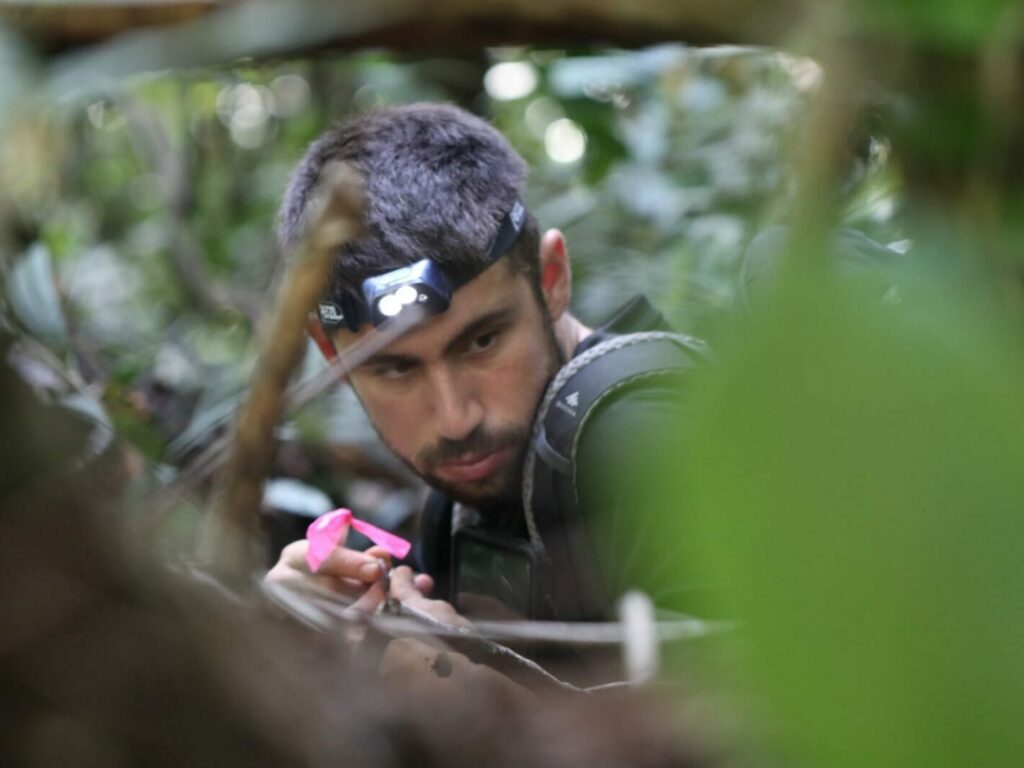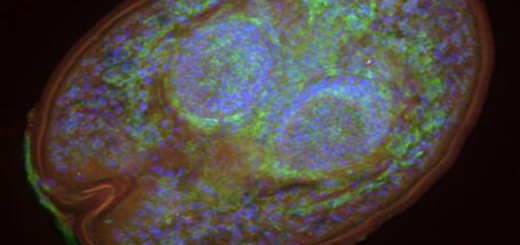Reviewing the exploration journey through the “acid reign” of Formicine ants’ venoms
As part of his doctoral project in Berlin, Lukas Koch worked on a comprehensive literature review of what is known about Formicine ants’ venoms, arguably the first to be chemically analyzed. Playing a rather complex and multifaced role in the behavior and ecology of these dominant ants, these venoms are not “just venoms” and a lot of questions await fresh investigation efforts. The review, co-authored by Timo Niedermeyer and Simon Tragust, has just been published on Myrmecological News.

An Interview compiled by Enrico Schifani and Salvatore Brunetti


MNB: Could you tell us a bit about yourself?
LK: I’m a biochemist and doctoral student, currently working at Martin Luther University Halle-Wittenberg and Freie Universität Berlin. I’ve always been fascinated by the smallest things, and I remember that my early steps in macro photography in my parents’ garden sparked my interest in ants. After completing my Master’s degree, focusing on peptide chemistry and natural product synthesis, I initially applied for a position in natural product chemistry. That’s when I first met Simon Tragust and Timo Niedermeyer, who suggested a project on ant venoms. I immediately knew it was the perfect opportunity for me.

MNB: Could you briefly outline your research on “Acid Reign: Formicine Ants and their Venoms” in layman’s terms?
LK: Most ants are venomous, and many inject venom with a stinger. But some have lost their stingers during evolution and developed other chemical defenses instead. Only ants in the Formicinae subfamily – a highly diverse and ecologically dominant group – have venoms that contain concentrated formic acid. They can spray their venom at a distance or apply it directly into bite wounds. In our review, we dive deep into the literature to provide an overview of what’s known (and not known) about formicine ants’ venoms regarding their origin, composition, and functions.
MNB: What is the take-home message of your work?
LK: That venoms of formicine ants aren’t just venoms. Formicine ants use their venom to disinfect their nests, fight off infections, and communicate with nestmates to raise the alarm or indicate food sources. They sometimes even swallow their own venom to acidify their gut and shape their gut microbiome! However, there are still open questions about the composition of formicine ant venoms, even though they were arguably the first venoms to be chemically analyzed.

MNB: What was your motivation for this study?
LK: During my literature review for my doctoral project, I noticed quite a few review articles on the venoms of stinging ants but none that comprehensively addressed the venoms of formicine ants. I wanted to create an up-to-date resource that brings together everything I wished I’d found when I first started researching this topic.
MNB: What was the biggest obstacle you had to overcome in this project?
LK: Finding cryptic literature. Many references to older articles were incomplete or ambiguous, so tracking them down involved asking colleagues for help and, in some cases, actually going to libraries – very useful institutions I’d nearly forgotten!

MNB: Do you have any tips for others who are interested in doing related research?
LK: When starting a research project as a doctoral student, it’s a good idea to read as much as possible, especially if you’re new to the field. This advice might be a bit old hat – but to state an interesting research question ultimately depends on knowing what´s known or not, and chances are that you´ll find something that very few people in the field are aware of. This would be a good starting point for the journey of writing a review article!
MNB: Where do you see the future for this particular field of ant research?
LK: The present and future of ant venom research lie in venomics – that is combining approaches such as metabolomics, proteomics, transcriptomics, and genomics in the analysis of venoms. The present challenge is to implement these complex and somewhat expensive techniques to build comprehensive, comparable datasets across species. The future challenge will be to make sense of these data, and for that, we may need to return to natural history observations.





Recent Comments